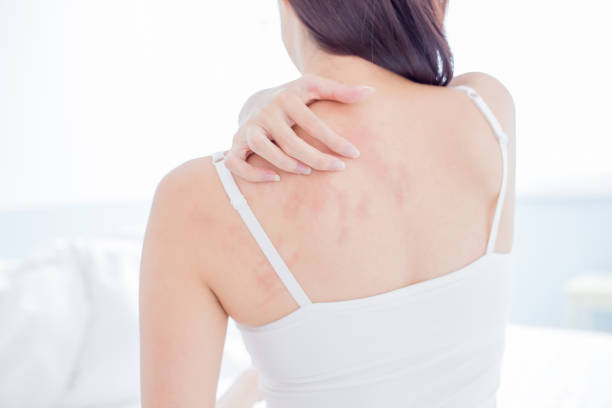A pimple on the shoulder, while not uncommon, can be bothersome and sometimes painful. Pimples, also known as acne, can occur anywhere on the body where there are hair follicles and oil glands, including the shoulders. Here’s some information on why pimples may appear on the shoulder and how to treat them:
Causes of Shoulder Pimples:
Excess Oil Production: Just like on the face, excess oil production can clog pores on the shoulders, leading to pimples.
Sweat and Dirt Buildup: Sweat and dirt can accumulate on the skin’s surface, especially in areas where clothing rubs against the skin, creating an environment for bacteria to thrive and cause pimples.
Friction from Clothing: Tight or abrasive clothing can irritate the skin and contribute to the development of pimples.
Hormonal Changes: Fluctuations in hormone levels, especially during puberty or menstruation, can increase oil production and contribute to the formation of pimples.
Treatment and Prevention:
Keep the Area Clean: Regularly wash the shoulder area with a gentle cleanser to remove dirt, oil, and sweat buildup.
Avoid Irritating Fabrics: Opt for loose-fitting clothing made from breathable fabrics like cotton to minimize friction and irritation on the skin.
Use Non-Comedogenic Products: Choose skincare products labeled as non-comedogenic, meaning they are less likely to clog pores and cause acne.
Topical Treatments: Over-the-counter acne treatments containing ingredients like benzoyl peroxide or salicylic acid can help unclog pores and reduce inflammation.
Warm Compress: Applying a warm compress to the affected Area can help open up pores, allowing pimples to drain and heal faster.
Avoid Picking or Squeezing: As tempting as it may be, avoid picking or squeezing pimples on the shoulder, as this can lead to further inflammation, scarring, and potential infection.
When to Seek Medical Attention:
If pimples on the shoulder are large, painful, or persistent, it may be a sign of a more severe form of acne, such as cystic acne. In such cases, it’s advisable to consult a dermatologist for personalized treatment options.
If pimples are accompanied by other symptoms such as fever, chills, or swollen lymph nodes, it could indicate a more serious infection requiring medical attention.
In conclusion, while a pimple on the shoulder may be bothersome, it can usually be managed with proper skin care and hygiene practices. By keeping the Area clean, wearing breathable clothing, and using appropriate skincare products, you can help prevent and treat shoulder pimples effectively. If pimples persist or worsen, consult a dermatologist for further evaluation and treatment.

